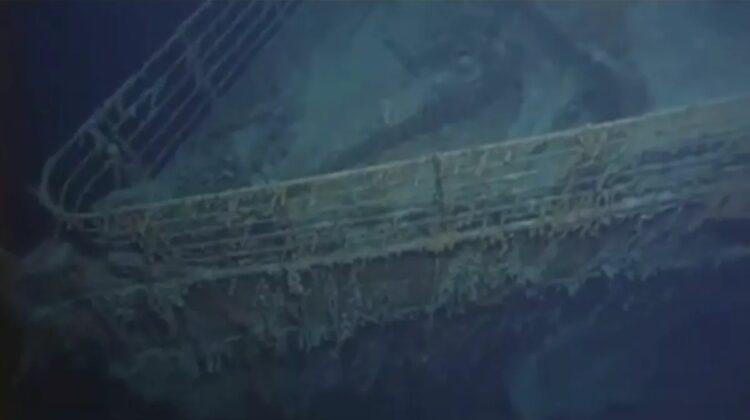
Despite the passage of over three decades since the rediscovery of the Titanic in September 1985, a peculiar fact continues to baffle enthusiasts and conspiracy theorists alike: no human remains have ever been found on board the ill-fated ship. Even James Cameron, the director of the iconic film “Titanic,” who has extensively explored the wreckage on 33 occasions, asserted in 2012 that not a single human remnant has been encountered during these ventures.
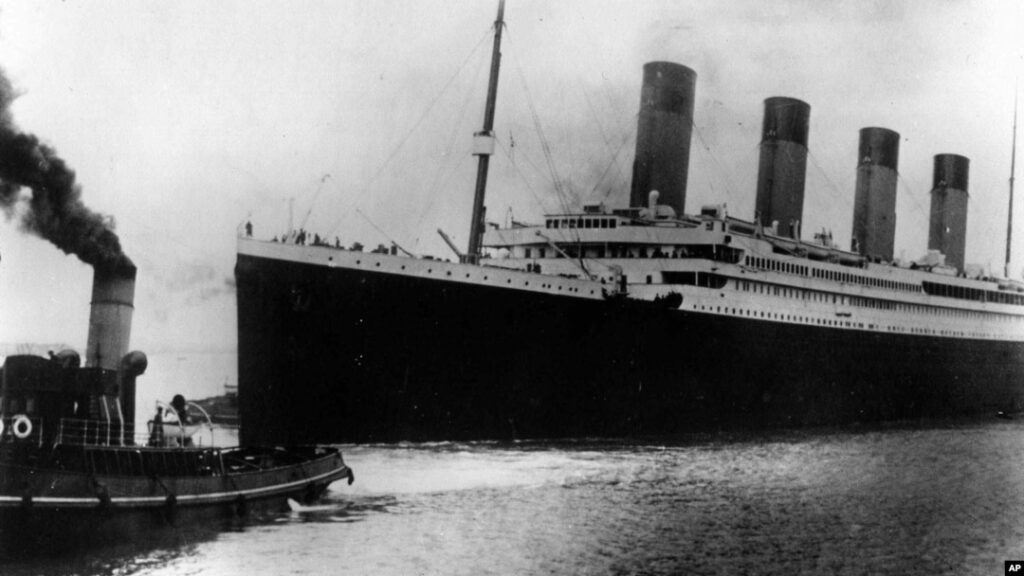
This enigma raises questions. Why, on a vessel that claimed the lives of over 1,500 people, have no human remains been discovered, especially when bones have been found on far older shipwrecks? Delving into the intricacies of deep-sea exploration and the dynamics of the ocean floor provides some compelling explanations.
One significant factor contributing to the absence of human remains is attributed to the lifejackets worn by many passengers and crew members. Although these life-saving devices failed to fulfill their primary purpose, which was keeping wearers afloat until rescue, they did serve an unintended function. The buoyancy of the lifejackets likely kept the bodies afloat, allowing stormy seas following the sinking to swiftly sweep them away from the wreckage site. Over the course of a century, ocean currents further dispersed these remains.
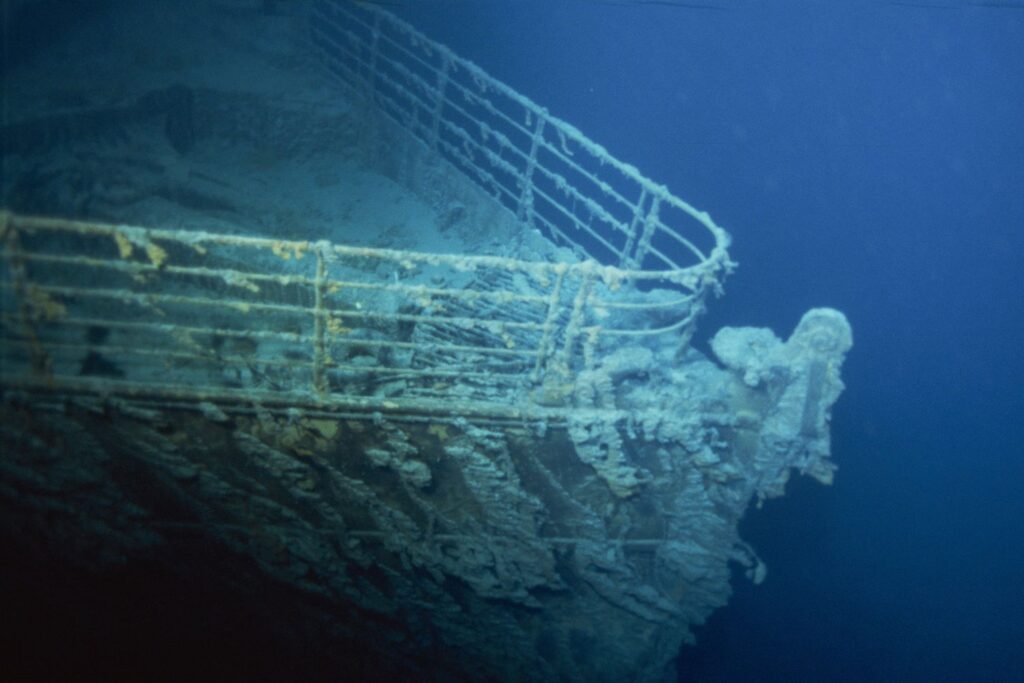
Additionally, bodies that may have been trapped within the wreckage faced the relentless activity of deep-sea scavengers, including fish and other organisms. These creatures would have efficiently consumed flesh, leaving behind no recognizable human remains. This phenomenon contrasts with the discovery of bones on older shipwrecks, prompting the question: why hasn’t the Titanic yielded similar finds?
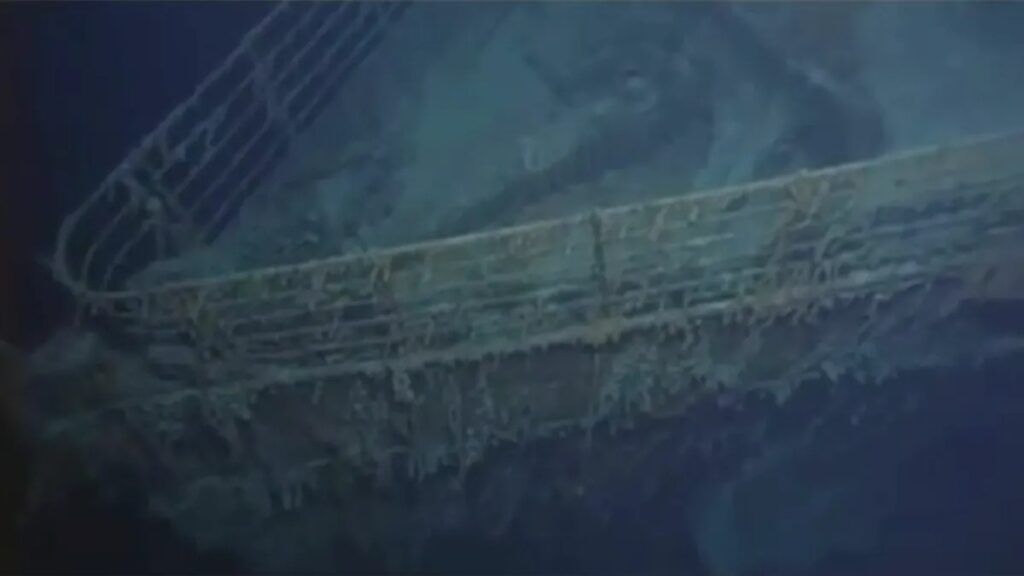
Deep-sea explorer Robert Ballard sheds light on this aspect, explaining the impact of depth on the preservation of bones. Beyond approximately 3,000 feet (914 meters), the ocean reaches what is known as the calcium carbonate compensation depth. In these depths, the water is undersaturated in calcium carbonate, a primary component of bones. On wrecks like the Titanic and the Bismarck, situated below this depth, scavengers consume the flesh, exposing bones that subsequently dissolve in the calcium-poor environment.
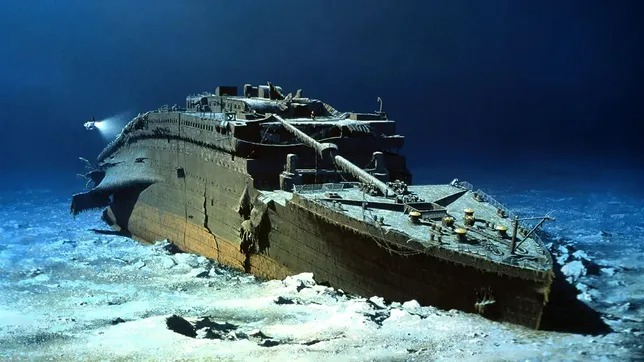
Despite speculation that sealed-off sections of the ship, such as the engine room, might harbor preserved bodies due to a lack of oxygen-rich water, the likelihood of finding recognizable remains 111 years after the tragic sinking diminishes. The mystery of the missing human remains inside the Titanic persists, adding another layer to the enduring fascination with this iconic maritime tragedy.

Leave a Reply